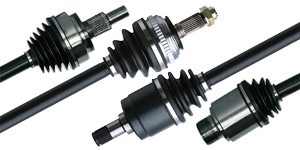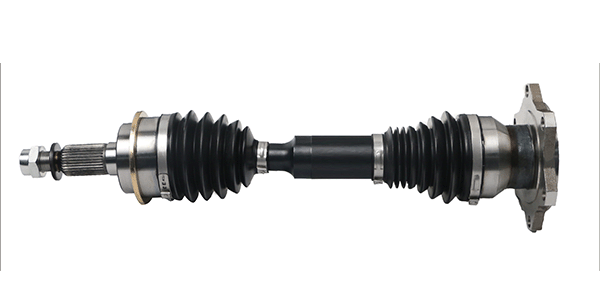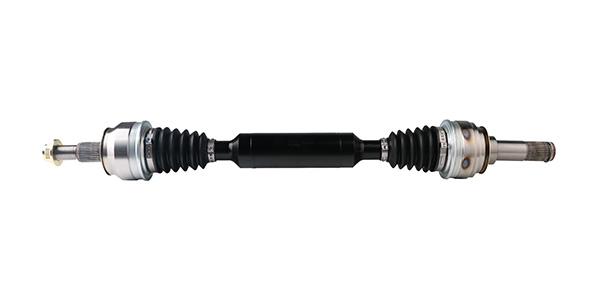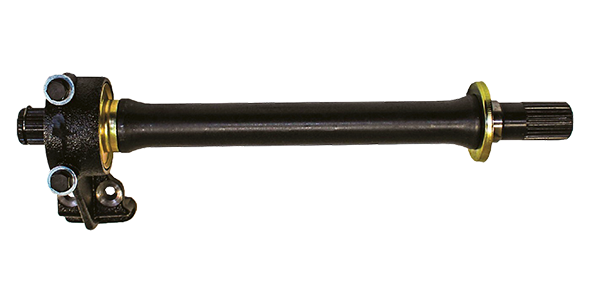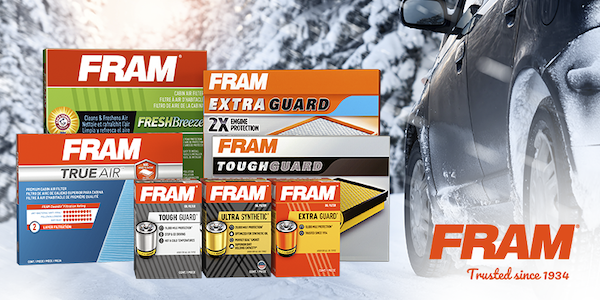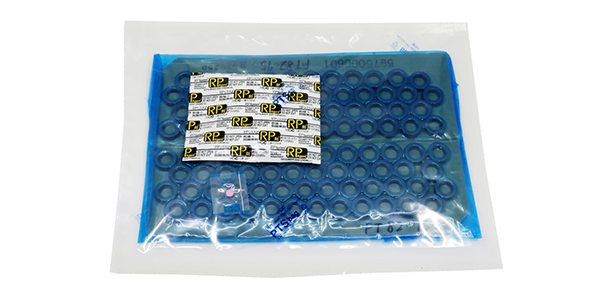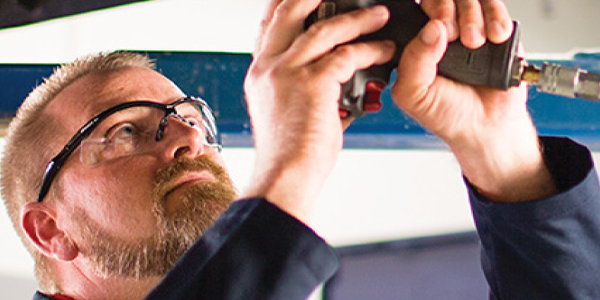Today’s vehicle drivetrain systems are far more complex and powerful than ever before. So, you want to make sure you choose a replacement axle that matches the original OE design attributes to ensure proper performance and durability. Avoid installing an inferior axle based on price only, which may not perform properly or worse yet, fail in a few short months. The money you saved initially will only be more than offset by the additional replacement costs, as well as a potential lost customer.
There are two critical elements you’ll want to consider when you are selecting a replacement CV axle.
One, you want to make sure the replacement CV axle has been designed with the same attributes found on the original OE design. This is critical in maintaining original OE performance and dependability.
Second, choose an axle that has been designed to reduce noise, vibration, and harshness (or NVH) away from the vehicle while driving. NVH is one of the most common complaints on vehicles today and a CV axle that isn’t built to match OE attributes can cause problems after replacement that were not there in the first place.
SUVs and CUVs now dominate the market and their drivetrains are more complex, with significantly more horsepower than just a decade ago. So, it stands to reason CV axle technology has also evolved to handle today’s more complex, powerful drivetrains.
Recent OE Design Improvements Include:
- AAR socket design found on select Honda, Buick & BMW applications, provides greater articulation operating angles and reduces NVH. *

- Some late-model European applications have converted to an 8-ball socket design vs. the older style 6-ball socket design to provide improved strength and durability. *
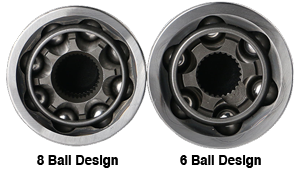
- Several European applications now use a flat spline design that helps eliminate spline play and reduces NVH. *
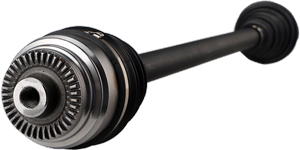
- Additionally, many OE axle designs incorporate a hollow tube design that helps reduce torque steer under hard acceleration. *

Also, you want to make sure the replacement CV axle includes all-new OE quality materials, such as neoprene or thermoplastic elastomer (TPE)* dust boots and stainless-steel clamps to provide better resistance to deformation, stretching and corrosion. Additionally, providing all the necessary hardware needed for the job helps eliminate the possibility of running back to the parts store a second time.
TrakMotive’s U.S.-led Product Management Team spends extensive time in R&D and product development to ensure we follow continuously evolving OE design trends and manufacture all our CV Axle assemblies with the same OE attributes to help restore OE performance and durability. Explore the benefits of our entire CV Axle offering at trakmotive.com.
*Where Applicable OE
This article was sponsored by TrakMotive.

